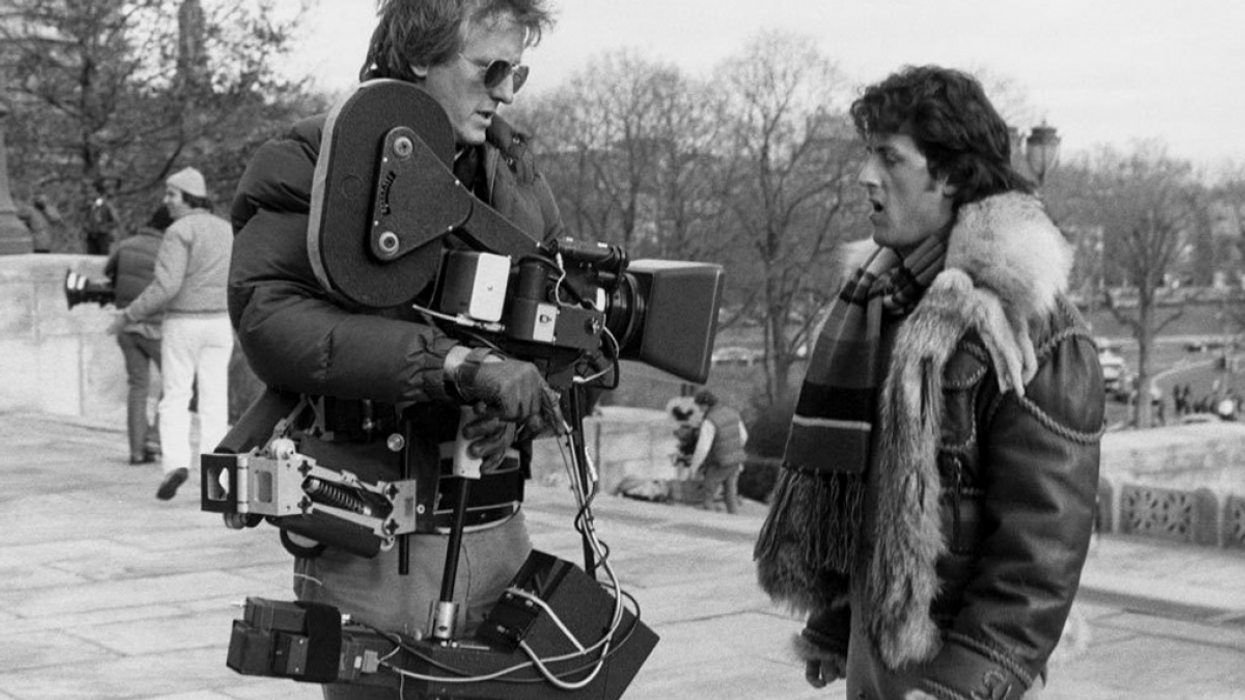40 Years of Steadicam: Commemorating the Rig That Changed Camera Movement Forever
Here's a look back at the moving shots that put the Steadicam on the map.

40 years ago, the Steadicam made its feature film debut in Woody Guthrie's Bound for Glory. Invented by cinematographer Garrett Brown, whom we recently interviewed, in the early 1970s, the Steadicam has not only reinvented the way DPs shoot films, but has also paved the way for new filmmakers to push the limits in camera stabilization.
In this video essay by Ben Kenigsberg and Mekado Murphy of the New York Times, we get to go back in time to look at five milestones of the Steadicam, including its use in Stanley Kubrick's The Shining, John G. Avildsen's Rocky, and Martin Scorsese's Goodfellas. Check it out below:
Brown primarily used his invention on his own projects until he realized it could assist other filmmakers on theirs as well. So, he put together a demo reel to showcase the Steadicam's abilities and versatility and sent it to Hollywood and the rest is history. Now dubbed Impossible Shots, you can watch his demo reel thanks to The Hollywood Reporter.
Using a Steadicam became an art form as cinematographers explored new ways to move the camera, effectively creating new words in the language of film. DPs and camera operators like John Alcott, Chivo Lubezki, and even Brown himself paved the way for future filmmakers with their accomplishments in the world of cinematography to tell stories in new and exciting ways.
Though many filmmakers find the Steadicam a stroke of pure genius on Brown's part, the inventor himself doesn't give much credit to his own creation, but rather to gifted operators. Here's what he had to say during our interview with him earlier this month:
Steadicam is a rather crappy invention. By itself, it doesn't do a thing. In the hands of a gifted operator, it is an instrument and is of no more use than the skill of the operator. It just barely allows a gifted human being to do this amazing trick: to run along with their ever-moving corpus.
Whether a crappy invention or ingenious one, we can see the incredible influence the Steadicam has had in so much of our cinema, from "single-shot" films like Birdman to the invention of the 3-axis gimbal. And though we may not know what the future holds for the advancement of cinematography, inventions like the Steadicam remind us that we can take it as far as we want it to go.
Source: New York Times

 No Film School's coverage of
No Film School's coverage of 









